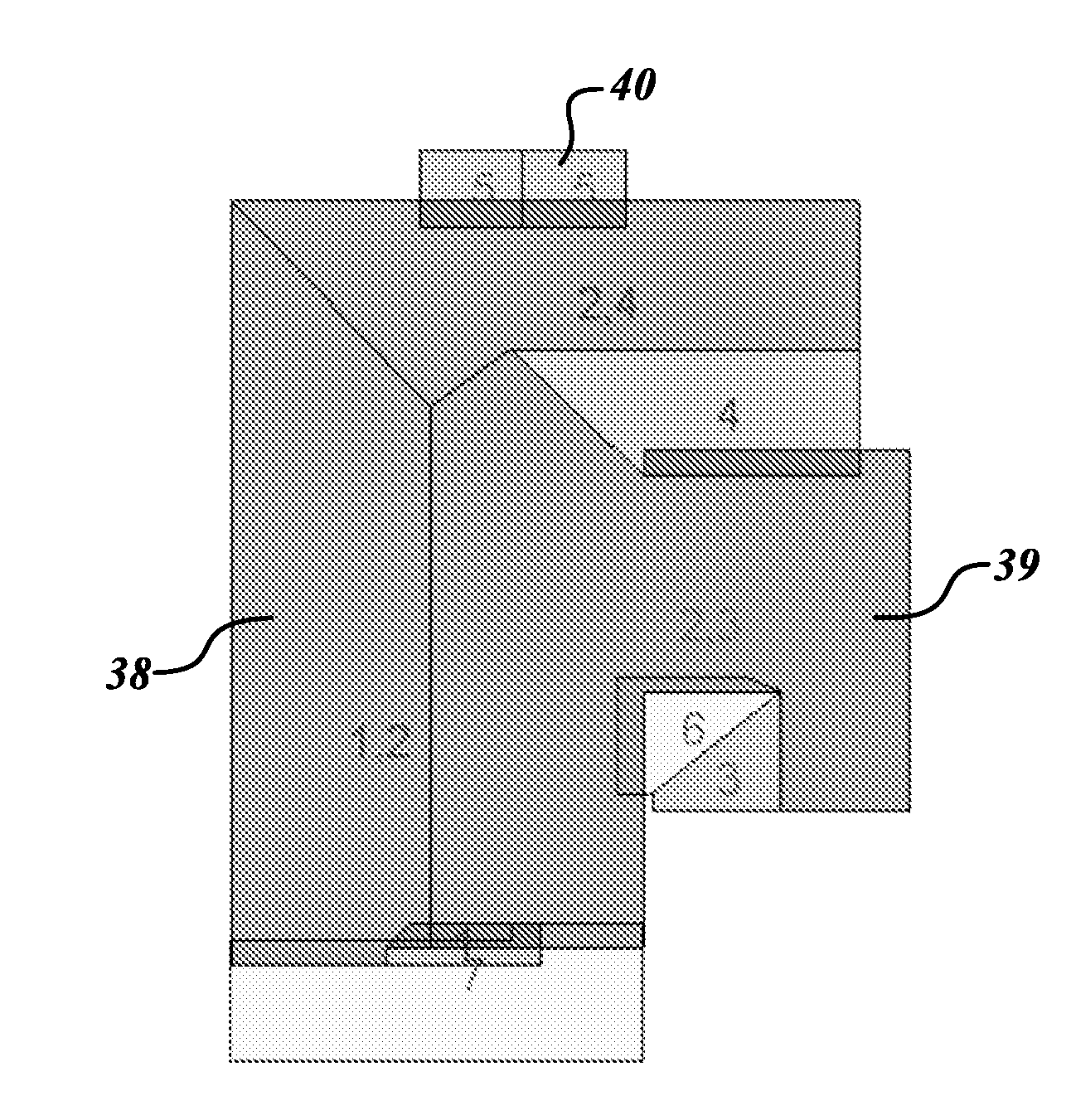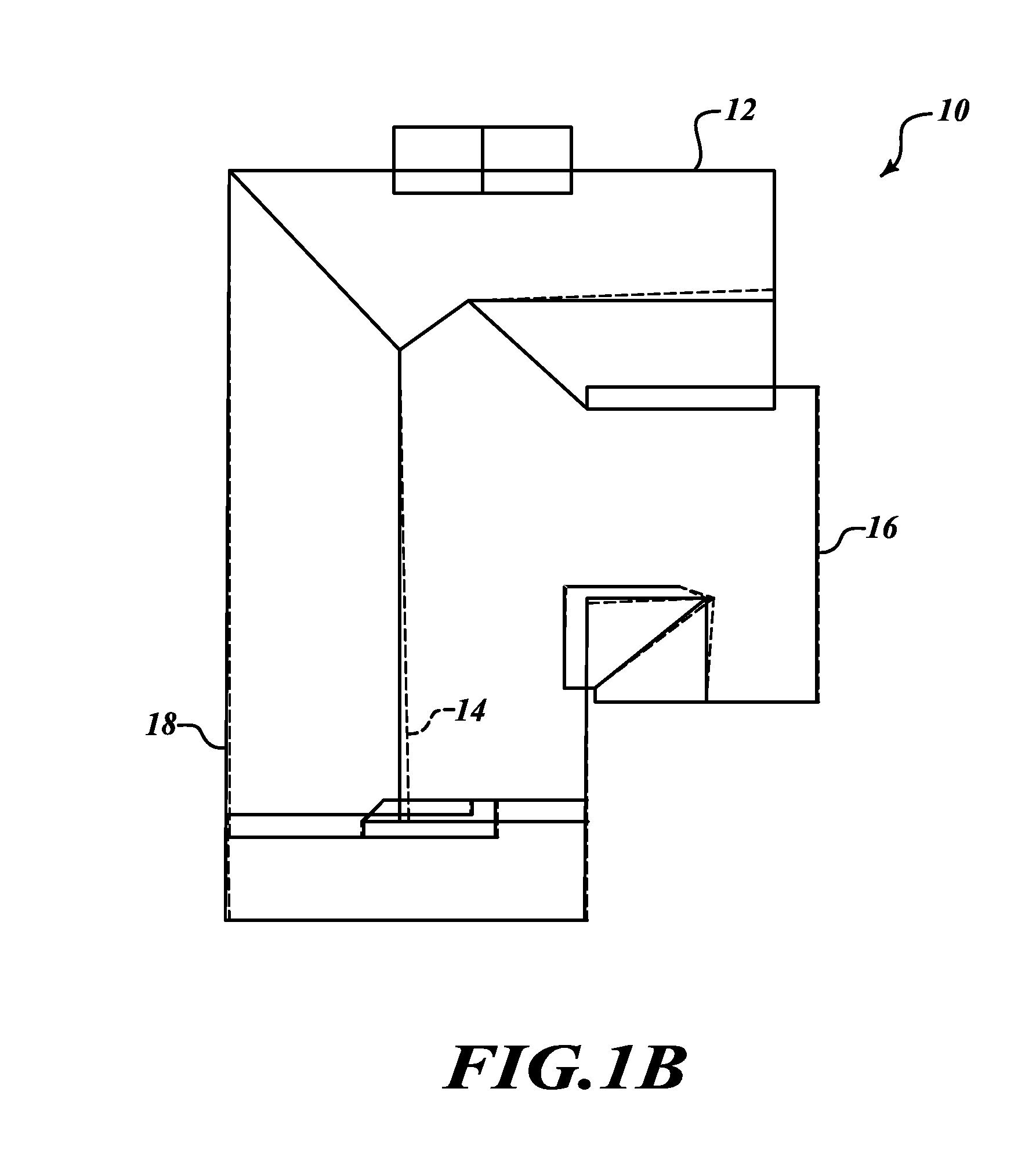Geometric correction of rough wireframe models derived from photographs
a wireframe model and geometric correction technology, applied in the field of computer modeling of physical objects, can solve the problems of poor ability to correctly determine the pitch of sloped roof facets, poor determination of layered or underhanging roof sections, and “lean” roofs within images, etc., and achieve the effect of speed sacrifi
- Summary
- Abstract
- Description
- Claims
- Application Information
AI Technical Summary
Benefits of technology
Problems solved by technology
Method used
Image
Examples
Embodiment Construction
[0040]FIG. 1A is a flow chart showing an example process 100 of geometric correction of rough wireframe models derived from photographs, according to one embodiment. In particular, FIG. 1A illustrates process 100 that may be performed or implemented by, for example, one or more software modules or components or any combination of suitable hardware, firmware or software components or devices including those that are a part of or configure the computing environment of FIG. 7.
[0041]While each of the steps shown in FIG. 1A contributes to the overall solution, each can be used independently or in various combinations to yield improvements in obtaining a 2D or 3D wire model as discussed below. Below is an overview of each step in the process, which will be followed by a more detailed discussion of each step.
[0042]At 102, the process performs wireframe rectification. This is a pre-cursor step that can optionally be used within or as a precursor to each of the other four steps that follow. ...
PUM
 Login to View More
Login to View More Abstract
Description
Claims
Application Information
 Login to View More
Login to View More - R&D
- Intellectual Property
- Life Sciences
- Materials
- Tech Scout
- Unparalleled Data Quality
- Higher Quality Content
- 60% Fewer Hallucinations
Browse by: Latest US Patents, China's latest patents, Technical Efficacy Thesaurus, Application Domain, Technology Topic, Popular Technical Reports.
© 2025 PatSnap. All rights reserved.Legal|Privacy policy|Modern Slavery Act Transparency Statement|Sitemap|About US| Contact US: help@patsnap.com



